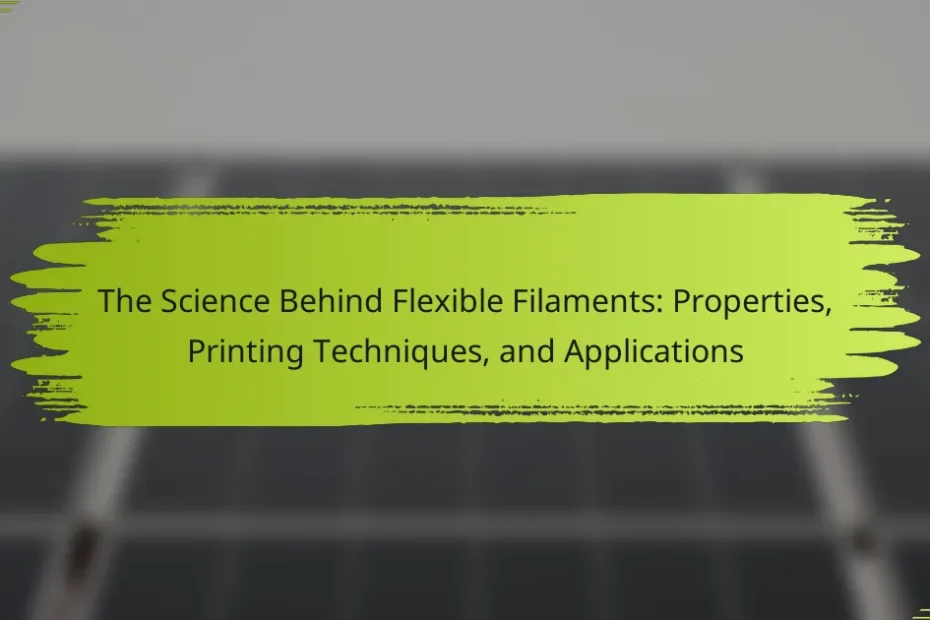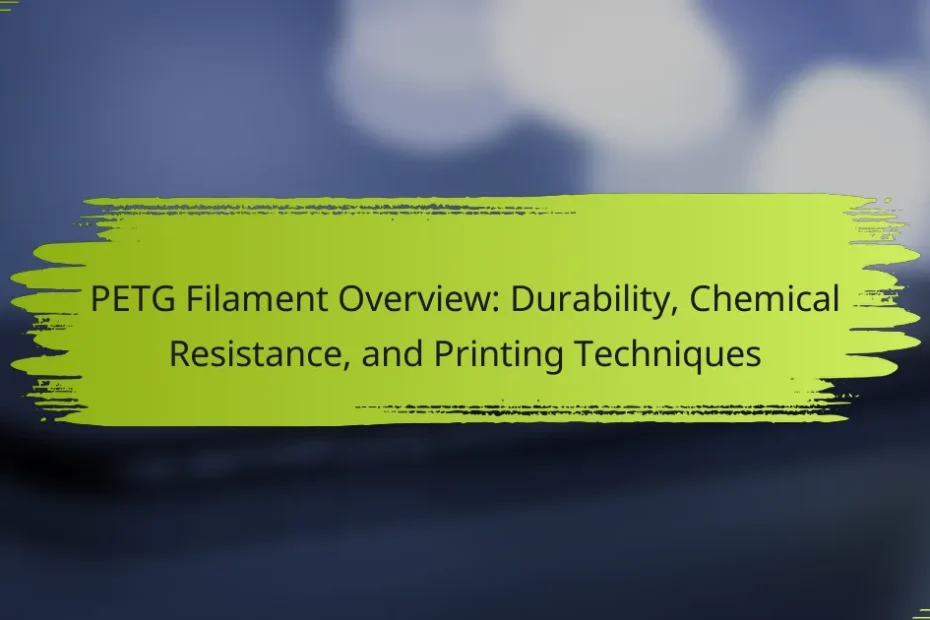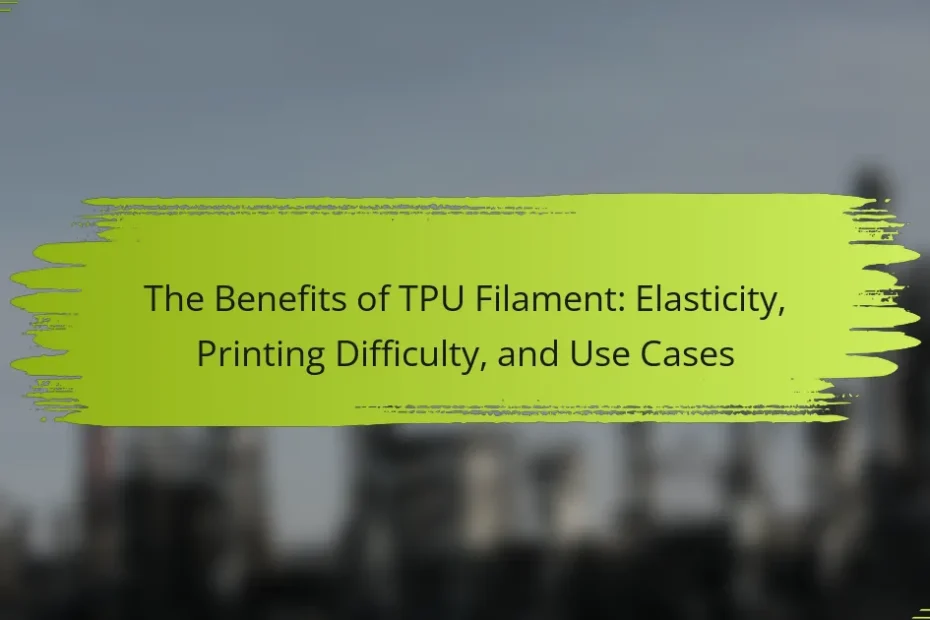An Overview of Hybrid Filaments: Composition, Benefits, and Usage Scenarios
What are Hybrid Filaments? Hybrid filaments are specialized materials used in 3D printing. They combine two or more types of polymers or additives. This combination enhances the properties of the filament. For example, hybrid filaments… An Overview of Hybrid Filaments: Composition, Benefits, and Usage Scenarios









